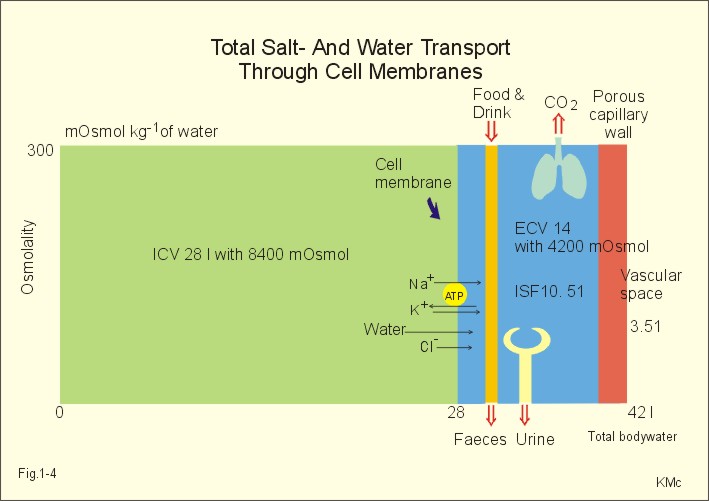

Water is the major component of all body fluids, which are distributed into several physically distinct compartments. Formulas for estimating lean body mass are based on the assumptions that (1) in normal small animal patients, approximately 20% of body weight is due to fat, (2) morbid obesity increases body fat to approximately 30% of body weight, and (3) body weight is a reasonable estimate of lean body mass in thin patients: 21 Because fat has a lower water content than lean tissue, fluid needs should be estimated on the basis of lean body mass to avoid overhydration, especially in patients with cardiac or renal insufficiency or in those with hypoproteinemia. 35 Total body water was approximately 70% of total body weight in racing Greyhounds, likely due to low body fat content. 13 Neonatal dogs and cats have higher total body water content (80% of body weight) than adults (60% of body weight), 30 and an age-related decrease in total body water has been described in puppies and kittens during the first 6 months of life. In humans, total body water decreases with age and is lower in women than in men.

56 There are some species and individual variations in total body water, likely related to age, sex, and body composition. 26, 59 Total body water of adult cats also was determined to be approximately 60%. Estimates of total body water in adult dogs that are neither very thin nor obese are 534 to 660 mL/kg. In health, approximately 60% of an adult animal’s body weight is water.


 0 kommentar(er)
0 kommentar(er)
